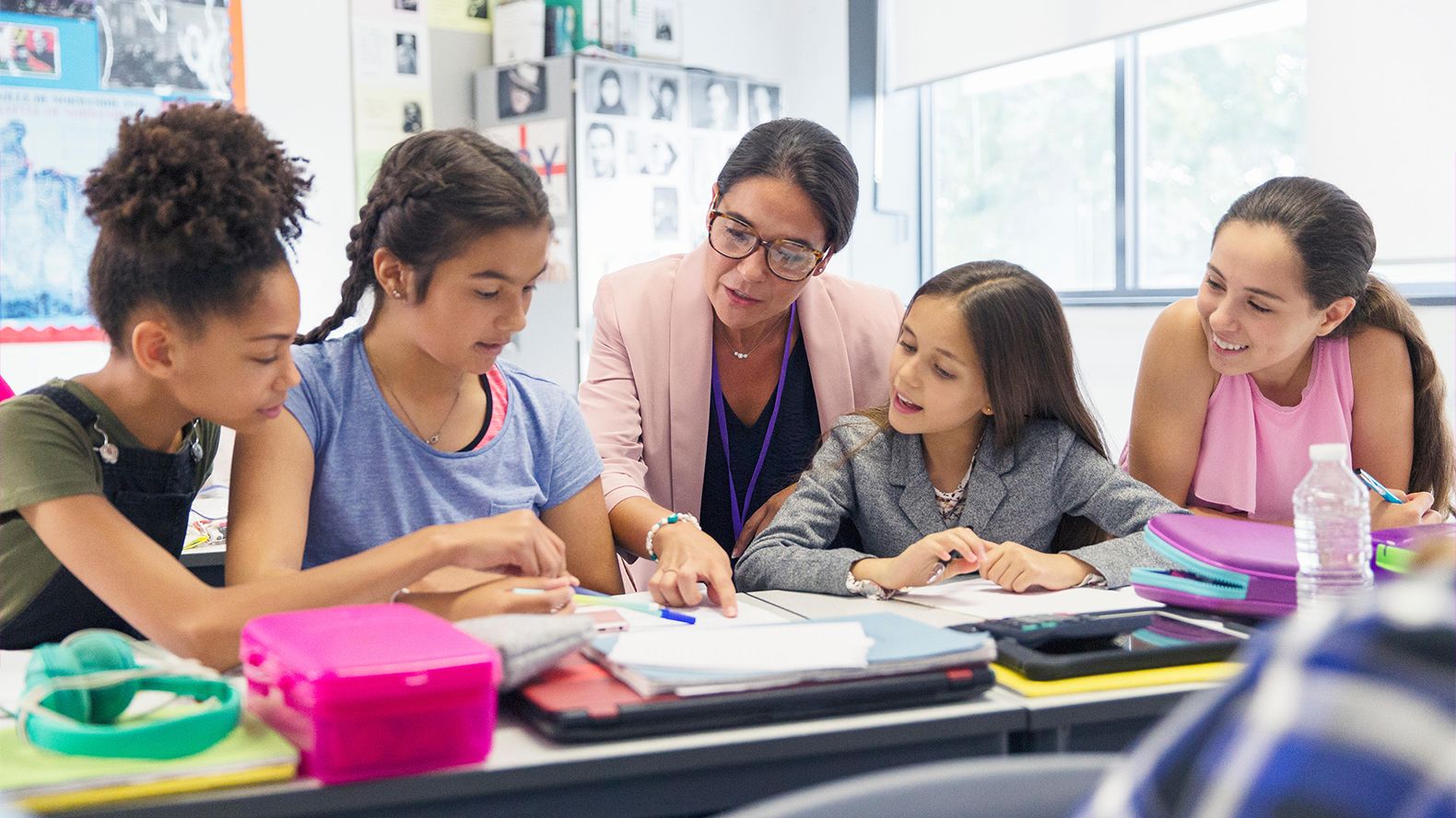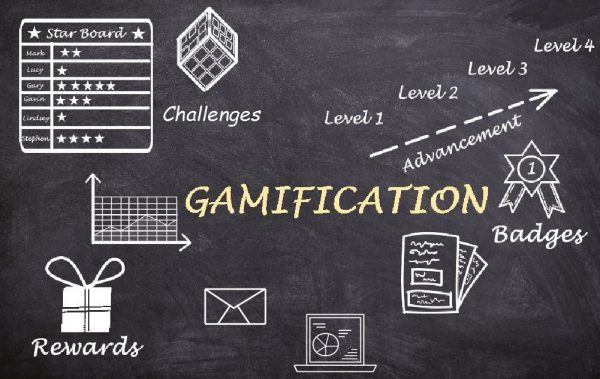For this assignment, we were to describe how we would plan positive and inclusive learning environments that address the needs of all learners in our professional learning environment. When responding to the prompt, we were to demonstrate our understanding of PBIS and SEL strategies by connecting theory to practice.
Instructions
Resources
We were to review the following resources before we began ourr assignment as they would inform our work.
- Teaching Social-Emotional Competencies within a PBIS Framework – PDF Document (284.9 KB)
- Social and Emotional Learning and Positive Behavioral Interventions and Supports – PDF Document (265.7 KB)
- California PBIS Coalition
- What Is the California PBIS Coalition?
- Elements of PBIS
- Review content in the Implementation tab
After reading and reviewing the assigned resources, we were to conduct independent research for credible sources to support our written response to the prompt in relation to our professional learning environment (e.g., our classroom).
Prompt
- Explain how specific Positive Behavior Interventions and Support (PBIS) and Social Emotional Learning (SEL) strategies aid teachers to develop positive and inclusive learning environments, promote students’ well-being, and support progress toward meeting content-specific learning goals. (TPA Cycle One Rubric 1.4, Criterion 1, Level 3)
- Describe the method(s) of implementing PBIS strategies within the framework of Multi-Tiered Systems of Support (MTSS). How would you develop a safe and positive learning environment through the implementation of PBIS strategies in your learning environment?
- Discuss what you would need to know/think about in planning instruction and classroom interactions for all students in your professional learning environment. For example, are you considering students served through an IEP, students who are experiencing trauma, etc.?
In your response, connect theory (from the resources) to practice (your professional learning environment). Be sure to ground your response in evidence with examples and citations from the assigned resources. Cite each resource a minimum of two times within your response (i.e., 3 resources, minimum of 2 citations for each resource, minimum of 6 citations total.) To achieve a “highly developed” score on your submission, also include citations of credible sources from independent research (i.e., cite credible sources in addition to those assigned). Your response should not exceed three pages in length.
PBIS and Social-Emotional Learning
Frank Jamison
Sanford College of Education, National University
ITL530: Optimized Learning Community
Professor Valerie Krueger
April 14, 2024
PBIS and Social-Emotional Learning
Positive Behavior Interventions and Support (PBIS) and Social Emotional Learning (SEL) Strategies
Positive Behavior Interventions and Support (PBIS) and Social Emotional Learning (SEL) are essential frameworks for creating a positive and inclusive learning environment. PBIS provides a proactive approach to establishing a supportive school culture, while SEL focuses on developing students’ social and emotional skills, which are essential for academic and personal success (Sugai & Horner, 2006; CASEL, 2020).
Teachers can use PBIS strategies to set clear behavioral expectations and reinforce positive behaviors through recognition and rewards. This approach not only encourages positive behavior but also contributes to a supportive classroom environment (Sugai & Horner, 2006; California PBIS, n.d.). Similarly, SEL strategies can be integrated into the curriculum to enhance students’ emotional well-being and social skills. Activities that promote self-awareness, self-management, social awareness, relationship skills, and responsible decision-making can significantly impact students’ academic and social success (CASEL, 2020).
Implementing PBIS within the Framework of Multi-Tiered Systems of Support (MTSS)
PBIS is often implemented within the MTSS framework, providing a tiered approach to support students’ academic, behavioral, and social-emotional needs:
- Tier 1 (Universal): PBIS strategies are applied school-wide or classroom-wide to establish a positive learning environment for all students (Sugai & Horner, 2006; California PBIS, n.d.).
- Tier 2 (Targeted): Targeted interventions are provided for students who require additional support, such as small group social skills training (Sugai & Horner, 2006; California PBIS, n.d.).
- Tier 3 (Intensive): Individualized support is provided for students with more significant needs, which may include functional behavioral assessments and individualized behavior plans (Sugai & Horner, 2006; California PBIS, n.d.).
Teachers can develop a safe and positive learning environment by implementing Tier 1 PBIS strategies, such as establishing clear rules and using positive reinforcement. Regular monitoring and data collection can help identify students needing additional support at Tier 2 or Tier 3 (Sugai & Horner, 2006; California PBIS, n.d.).
Planning Instruction and Classroom Interactions in a Math Learning Environment
When planning instruction and classroom interactions in a math learning environment, it is essential to consider the diverse needs of all students, including those with Individualized Education Programs (IEPs) and those experiencing trauma. Differentiated instruction can provide tailored support to meet each student’s unique needs, making math concepts more accessible and engaging.
Creating a supportive classroom environment that encourages risk-taking and collaboration is also crucial. Integrating SEL strategies into math instruction can help students develop a growth mindset and foster positive peer interactions through group work and collaborative problem-solving, creating an inclusive and supportive math learning environment (CASEL, 2020; Yeager & Dweck, 2012). Additionally, understanding the importance of mindset in student motivation and learning can guide teachers in creating a classroom culture that promotes resilience and a love for learning (Yeager & Dweck, 2012).
In conclusion, PBIS and SEL strategies are crucial for creating positive and inclusive learning environments that support students’ academic and emotional well-being. Implementing these strategies within the MTSS framework and considering the diverse needs of all students in planning instruction and classroom interactions can help promote success in a math learning environment.
References
California PBIS. (n.d.). California PBIS. Retrieved April 8, 2024, from https://pbisca.org/
CASEL. (n.d.). Fundamentals of SEL? Retrieved April 8, 2024, from https://casel.org/fundamentals-of-sel/
Durlak, J. A., Weissberg, R. P., Dymnicki, A. B., Taylor, R. D., & Schellinger, K. B. (2011). The impact of enhancing students’ social and emotional learning: A meta-analysis of school-based universal interventions. Child Development, 82(1), 405-432. https://doi.org/10.1111/j.1467-8624.2010.01564.x
Sugai, G., & Horner, R. H. (2006). A promising approach for expanding and sustaining school-wide positive behavior support. School Psychology Review, 35(2), 245-259. https://doi.org/10.1080/02796015.2006.12087919
Yeager, D. S., & Dweck, C. S. (2012). Mindsets That Promote Resilience: When Students Believe That Personal Characteristics Can Be Developed. Educational Psychologist, 47(4), 302–314. https://doi.org/10.1080/00461520.2012.722805



